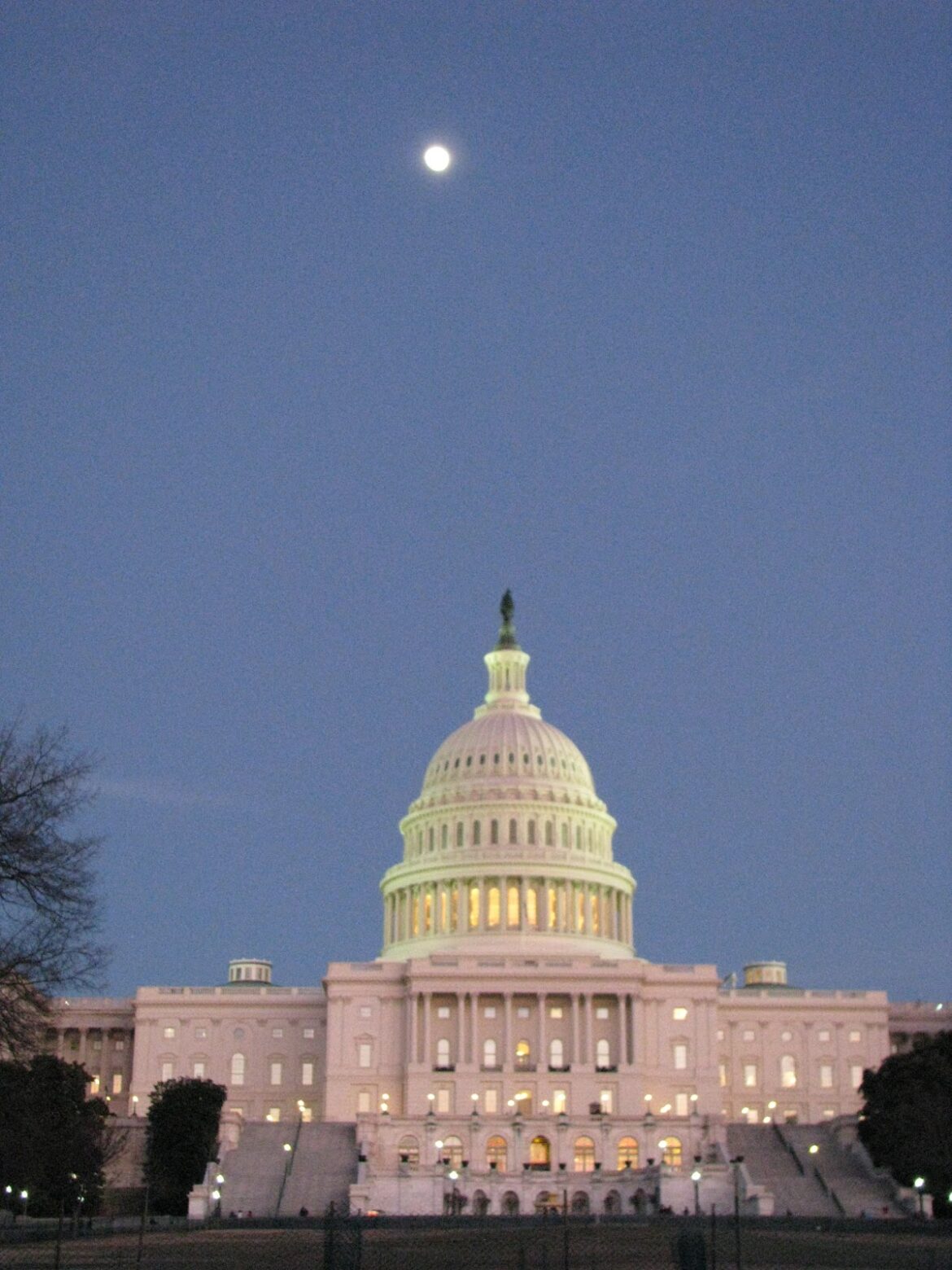What is the capital of Syria? The question appears straightforward but leads us into a profound exploration of history and faith. To answer this query is to traverse the corridors of time where cultures collided, and civilizations flourished, particularly in Damascus — the ancient city that stands as a testament to the passage of history and a beacon for Christian faith.
Situated in the southwestern corner of Syria, Damascus is often referred to as one of the oldest continuously inhabited cities in the world. Its storied walls have seen the rising and falling of empires, each leaving indelible marks on the city’s character. It lies nestled between the Anti-Lebanon mountain range and the Barada River, offering not only a strategic location but also a breathtaking geography that has captured the imaginations of travelers and scholars alike.
When one thinks of Damascus, it is impossible not to consider its historical significance to Christianity. The city is intrinsically linked to pivotal moments in Biblical narratives. Perhaps one of the most significant events associated with Damascus is the conversion of Saul of Tarsus, later known as Paul the Apostle. This transformative experience exemplifies the profound workings of faith and the redemptive potential of Christ’s message. Thus, from a Christian perspective, the capital of Syria transforms from merely a geopolitical entity into a locus of spiritual awakening.
The rich tapestry of Damascus weaves through the Old Testament, where it is mentioned as a prominent city. The interactions between the Israelites and the Arameans set the stage for a backdrop of cultural exchange and theological discourse that enriched the early Judeo-Christian dialogue. It beckons an intriguing question: What does this ancient interaction teach contemporary Christians about the value of intercultural relationships in faith? As you ponder this, consider the complexities of a world where faith intersects with politics.
Furthermore, the architecture and landmarks of Damascus serve as enduring reminders of its profound religious heritage. The Umayyad Mosque, a paragon of Islamic architecture, stands on the site of a Christian basilica dedicated to John the Baptist. This duality invites contemplation around the themes of cohabitation and dialogue between different faiths. How can Christians today draw lessons from the history of Damascus to navigate an increasingly pluralistic society? It presents an essential challenge: how to engage meaningfully with those of differing beliefs while honoring one’s own faith tradition.
Contemplating the Christian presence in Damascus also leads one to reflect on the modern struggles faced by the Christian communities in Syria. Amidst the civil unrest and turmoil that have engulfed the nation in recent years, these communities have demonstrated resilience, embodying a living testimony to faith under duress. They navigate a perilous landscape while clinging to their heritage and traditions, often enmeshed in the larger narrative of national identity. This raises an important question for the global Christian community: How do we respond to the plight of our brothers and sisters in faith scattered in regions of conflict?
Additionally, the humanity of Damascus is showcased through its people, a mosaic of cultures and faiths who embody a storied history. The spiritual legacy of this capital city has been shaped by the convergence of Jewish, Christian, and Islamic traditions. This confluence provides fertile ground for theological reflection on concepts of love, compassion, and mutual respect between religions. This invites us to ponder: How can embracing our shared history inform our paths forward in unity?
Moreover, the cultural richness of Damascus extends beyond its borders. The influence of Byzantine art and architecture, alongside the flourishing of Christian theological thought in the early centuries, offers a glimpse into an era where Damascus was a significant intellectual hub. This magnificent cross-pollination of ideas places the city at a crossroads, not only of geography but of spiritual insight. Such historical contexts urge modern Christians to appreciate the depth of their faith that has been shaped by centuries of dialogue and development.
As one engages with the religious landscape of modern Damascus, it becomes evident that the historical significance of the city continues to inspire and challenge Christian thought today. The stories embedded within its stones remind believers of the resilience of faith even amidst adversity. The ongoing legacy of Damascus, thus, is not solely about its past; it compels a vigilant commitment to witness and support faith amid trials, encouraging a response grounded in compassion and solidarity.
In reflection, Damascus embodies a complex interplay of faith, culture, and history. It serves as a potent reminder that the question of what constitutes a capital often transcends the mere political arena,—inviting deeper contemplation of the spiritual and historical narratives that shape our understanding of identity and purpose. As Christians look to a future interwoven with hope and understanding, may the lessons gleaned from the annals of Damascus guide their journey. The interplay of faith and culture, wisdom and action, calls individuals not only to remember the history of their spiritual forebears but to create pathways of dialogue and understanding that resonate far beyond the walls of any ancient city.



